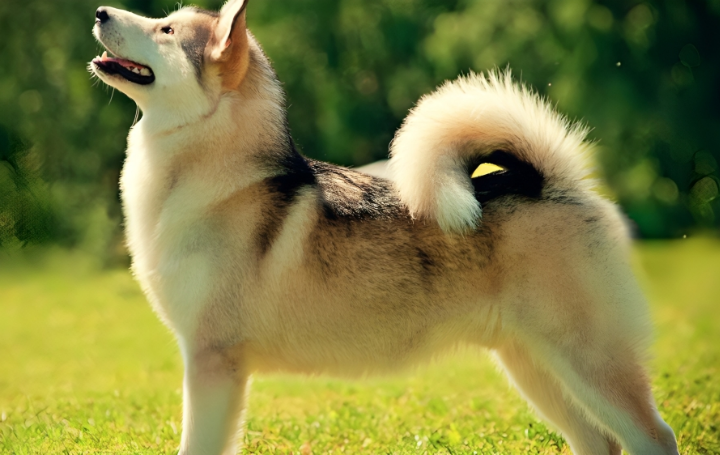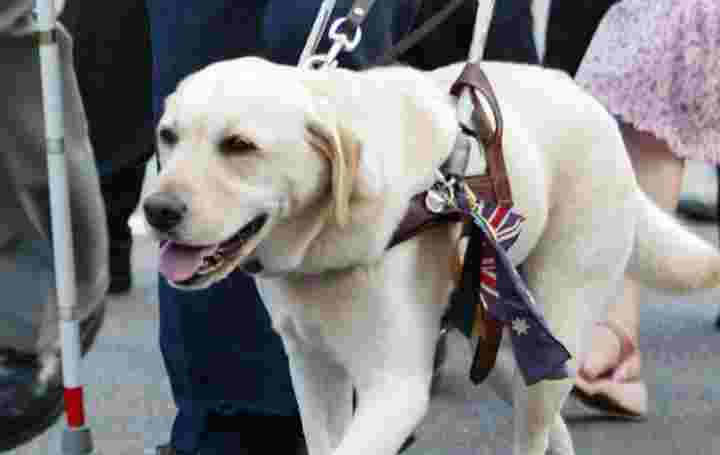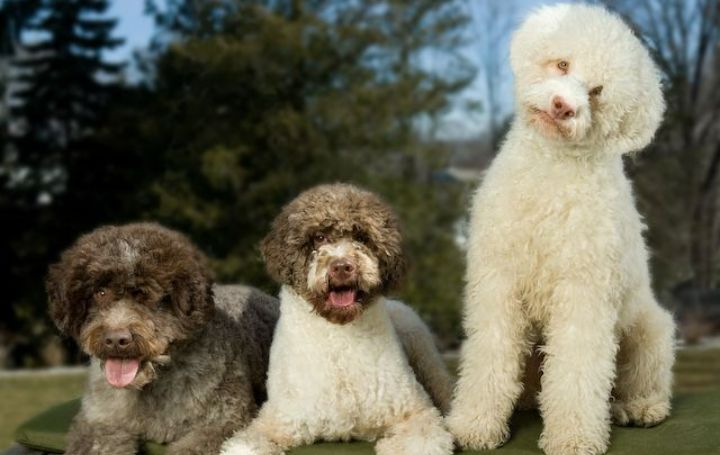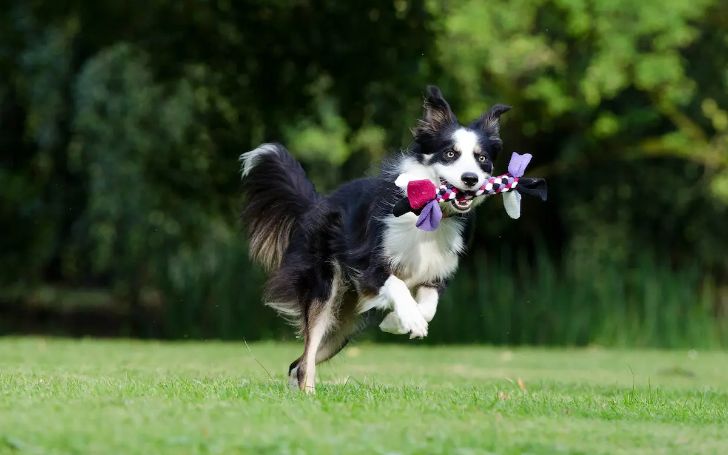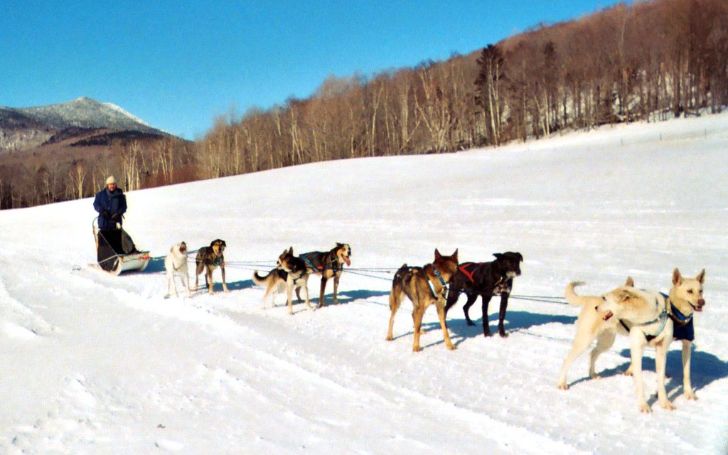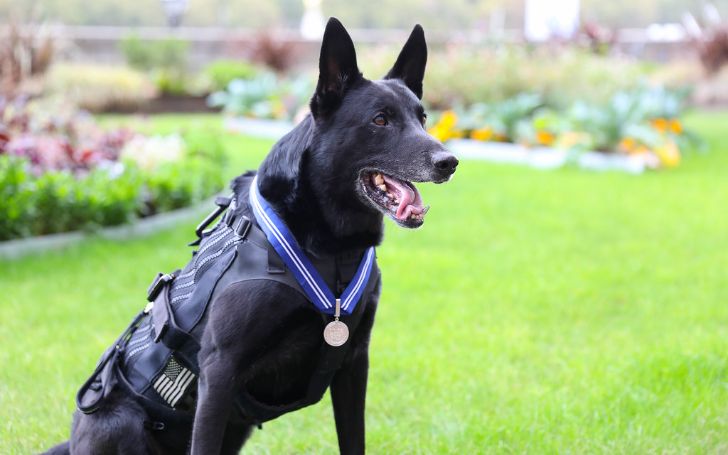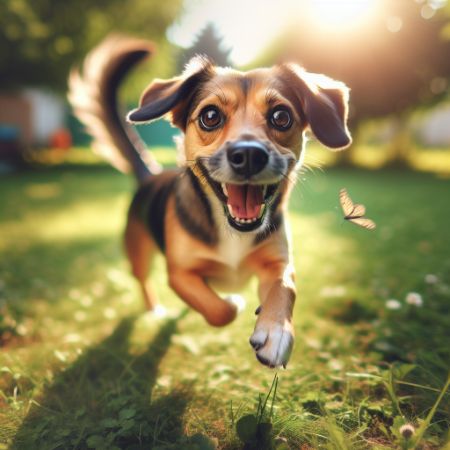Dachshund Dog Training
Dachshund is a small-breed with playful and smart nature. These breeds are stubborn that makes them hard to train. However, with patient and consistency, training will be easier. The training and socialization session from an early age should be done for these stubborn breeds.
Puppies Dachshunds are much easier to train than adults but it’s hard and confusing about the process. So, here are some training methods and techniques to teach your Dachshund.
When and Where to Start Training?
Training the Dachshund is best when they are 8 weeks old as they are eager to please their owner. First, start with their obedience and potty training as it’s hard and can take time for them to master it. Then begin their basic command training at 12 weeks old as they are a little matured than before. By the time Dachshund is 6 months old, they should master all basic training as it’s time for their advanced training to start.

Image Source: The Sausage Dog House
To train Dachshund, home is one of the best places for them as they love their friendly surroundings. They tend to enjoy and thrive in their area of known people. So, their basic training can be done inside your house, lawn, or even in the park. For advanced training, take them to an open place, background if you are confident about training themselves. However, if you not confident, take them to the training center where they get proper guidance.
How To Define Task?
If you are the first owner of a Dachshund, it might be hard for you to train them. They are a very confident breed, so if you want your pet to obey you then make sure they know you are their boss and stay confident during training. The training session of Dachshund should be short of 5-10 mins as they get bored easily.
To define the task, you first need to make sure he understands you properly as to what you are assigning them. Use your hand gesture followed by easy language like sit, up, jump, come, go, stop, and so on. First, start Practicing with one word several times so they won’t be confused and move on to another word. Always remember to reward them after a successful training session to keep them motivated.
Training Methods
Leash Training
This training method is very important for every dog breed as it helps them from traffic and animals as people around them also feels safe. Start with teaching heel command to them and get them to explore the harness. Try out the short distance at first in your house before going out for a walk as your puppy is not fully trained on a leash. Put the harness on when they are calm and don’t harness them when they are excited for walks as they can pull it on to run or walk fast.
Crate Training
This training can be started when he is a puppy. Choose a crate enough for their comfortable movement where they can be where surroundings are loud or overwhelming. It is also important from preventing them to chew on different things and help them keep safe from harmful substances. Place comfortable bedding for them but put them around your family members as they can feel lonely in the crate. However, don’t put them in crates for too long as it can affect their mental health.
Positive Reinforcement
Always use positive reinforcement to your dog while training and even in their daily life as it encourages them to do better and behave positively towards you. Your attitude and behavior show the result of your dog’s behavior so, treat them with love and care on their task completion and on other good behavior. If you use harsh punishment and shouting at their mistake it can lead to bad behavior and can backfire at you as well.
Training Strategies
Socialization: They are a shy breed so socialization is important for Dachshund where he gets along with other dogs and human beings around them. It helps to overcome their fear, bad behaviors, and also communicate with others. Take them to kindergarten or places to socialize with other dogs.
Wait and Repeat: Sometimes your dog gets bored with its daily routine and doesn’t want to continue to be trained. When that time comes, don’t force them into it and give them some time to relax instead you can play with them and engage their training time.
Avoid Punishment: Your dog can make many mistakes while growing up but never punish him in your training session. Their punished behavior can make them more stubborn and build a negative impact on them. Tell no on their mistake and give them time to reflect on their mistake.
Visit Doglime for more dog breed training information.
Tags


